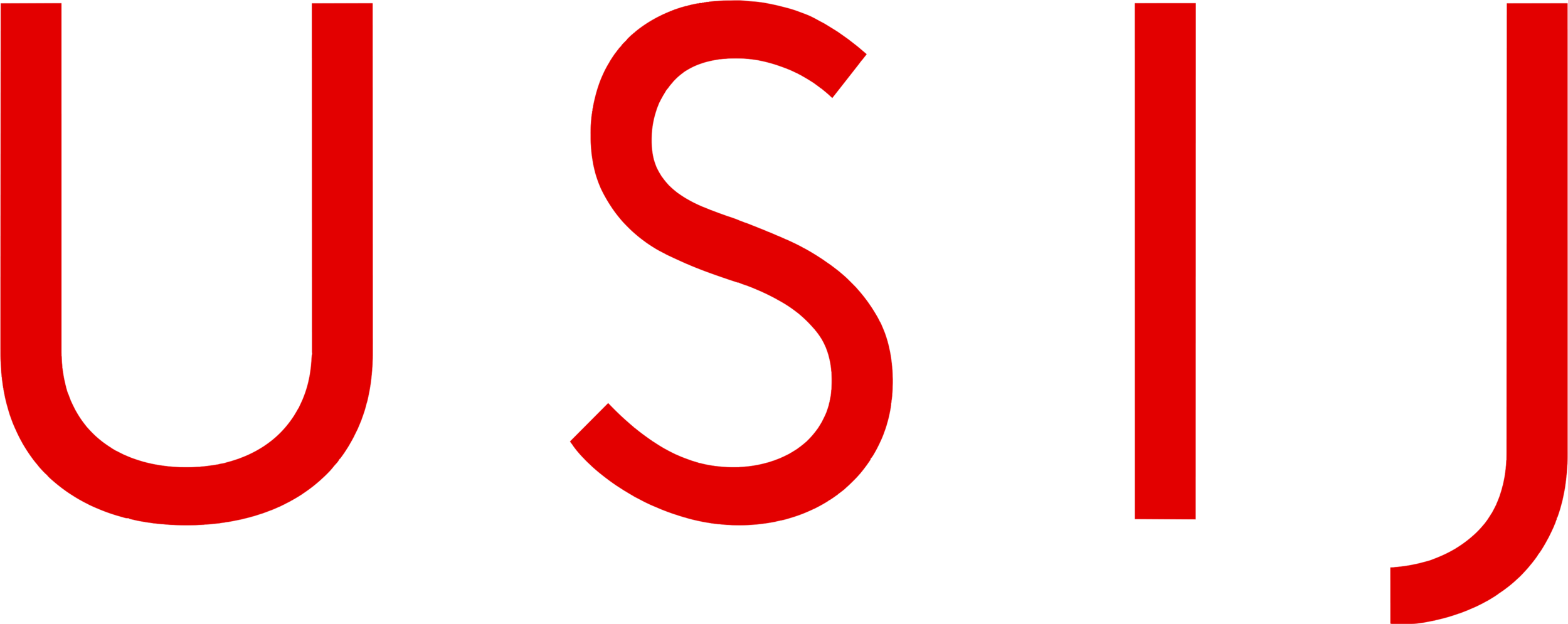Comments of USIJ re USPTO Revised Guidance for Subject Matter Eligibility Under 35 U.S.C. § 101
COMMENTS OF USIJ re UNITED STATES PATENT AND TRADEMARK OFFICE REVISED GUIDANCE FOR SUBJECT MATTER ELIGIBILITY UNDER 35 U.S.C. § 101 AND GUIDANCE ON THE APPLICATION OF 35 U.S.C. § 112 TO COMPUTER-IMPLEMENTED INVENTIONS.
The Alliance of U.S. Startups for Inventors and Jobs (“USIJ”) respectfully responds herein to the request by the U.S Patent & Trademark Office (“USPTO”) for comments regarding its recently revised guidance for examiners and patent judges to use in determining subject matter eligibility under 35 U.S.C. §101 (2019 Revised Patent Subject Matter Eligibility Guidance (Docket No. PTO-P-2019-0053)) (“Guidance”). USIJ supports the Guidance, which seeks to refine the approach taken by USPTO personnel to eligibility issues through a more careful and precise understanding of patent eligibility rulings by the U.S. Supreme Court than has been used previously. The current state of patent law regarding eligibility is poorly defined and is therefore applied erratically by both the USPTO and the federal judiciary.1 District judges have been given little or no guidance as to what constitutes an “abstract idea” and therefore make uninformed rulings on that issue, often without even the benefit of an evidentiary hearing; many judges themselves complain about the lack of certainty. From the standpoint of the investors, entrepreneurs and inventors that comprise USIJ, in deciding whether to undertake the risks that attend the development of new technologies and new products, uncertainty as to the availability and enforceability of their patents is a serious deterrent. An uncertain patent is not much better than no patent at all and in fact, it may be an affirmative liability, because uncertainty induces opportunistic infringement that might not otherwise occur.
Although this problem of uncertainty arising from eligibility affects many industries, the problem has proven acute in of many parts of the healthcare industry and the development of new software, where reliable patents are essential to allow for the efficient transfer of technology by inventors to other entities that can commercialize it. The entire field of personalized medicine that targets a specific genetic trait or physical characteristic of a patient is at risk, as expensive research efforts are curtailed because reliable patent protection is no longer available. Software is an almost universal aspect of virtually every new technology. Artificial intelligence, robotics, cybersecurity, machine control, power grid management, telecommunications and many more technologies are dependent in whole or in part on software inventions that are perceived to be at risk. Moreover, knowledgeable people know that many computing devices and their associated hardware can be replicated in software that mimics the electronic inputs and outputs of the device.
In light of the many ambiguities in the Supreme Court’s eligibility jurisprudence, the USPTO, the Federal Circuit and the lower courts have allowed eligibility challenges to nullify the protection of important inventions in these and many other critical areas, with the predictable results that (i) copyists have been emboldened to infringe and (ii) investment, innovation and invention in those areas has declined. By tailoring the examination process within the USPTO to precisely what is required by Supreme Court precedents, and no more, the revised guidance may help lower, at least to some extent, the current perception of uncertainty. We recognize that there is still much uncertainty within the Federal Circuit and that the lower courts that will not be affected directly by improving the guidance to USPTO personnel, but we believe that there mere fact that the agency has taken this positive step will provide greater comfort to the judiciary that any patent whose eligibility is in question has been vetted more carefully on that score. At the very least, the Guidance will improve the uniformity of decision making within the USPTO.
